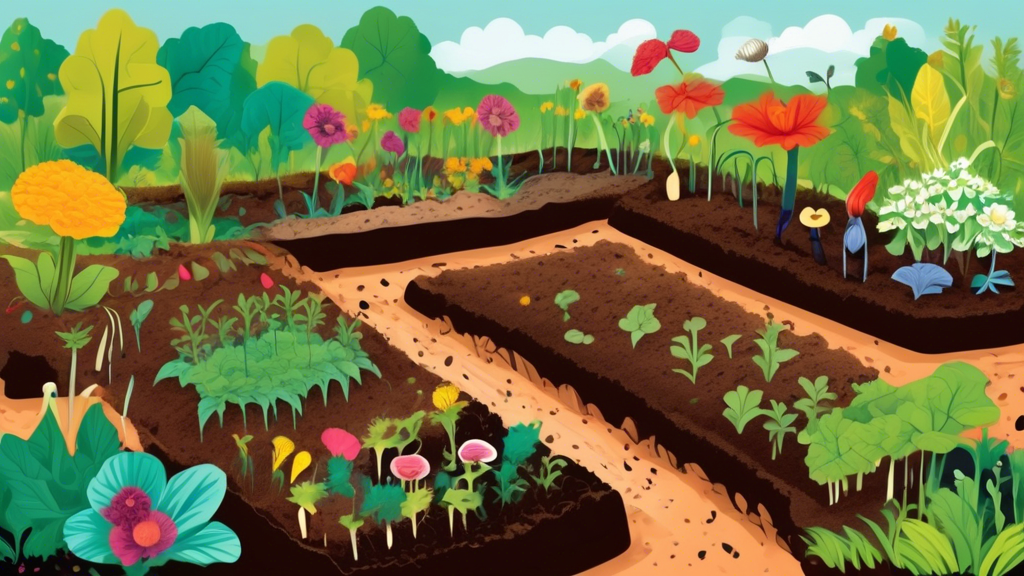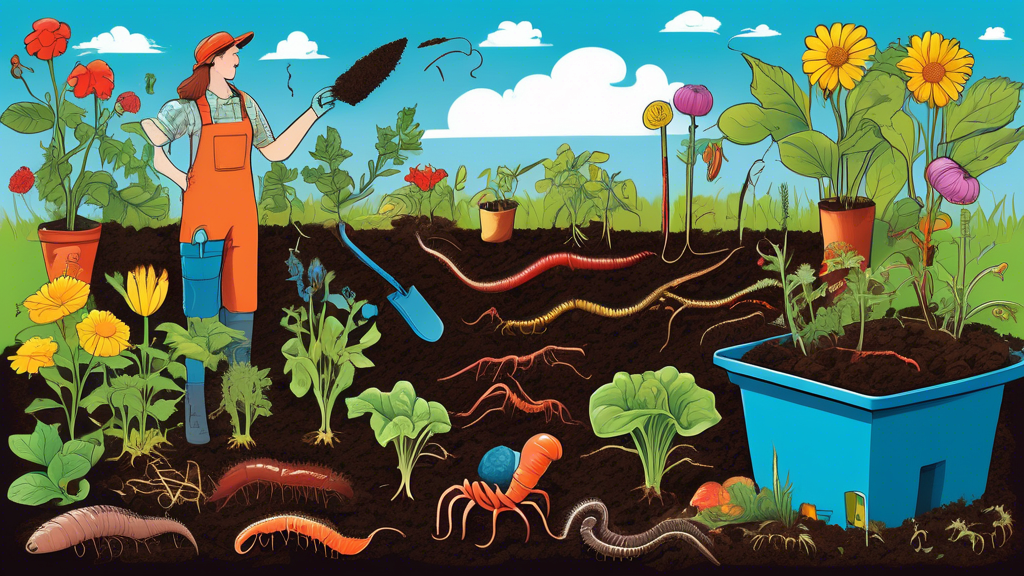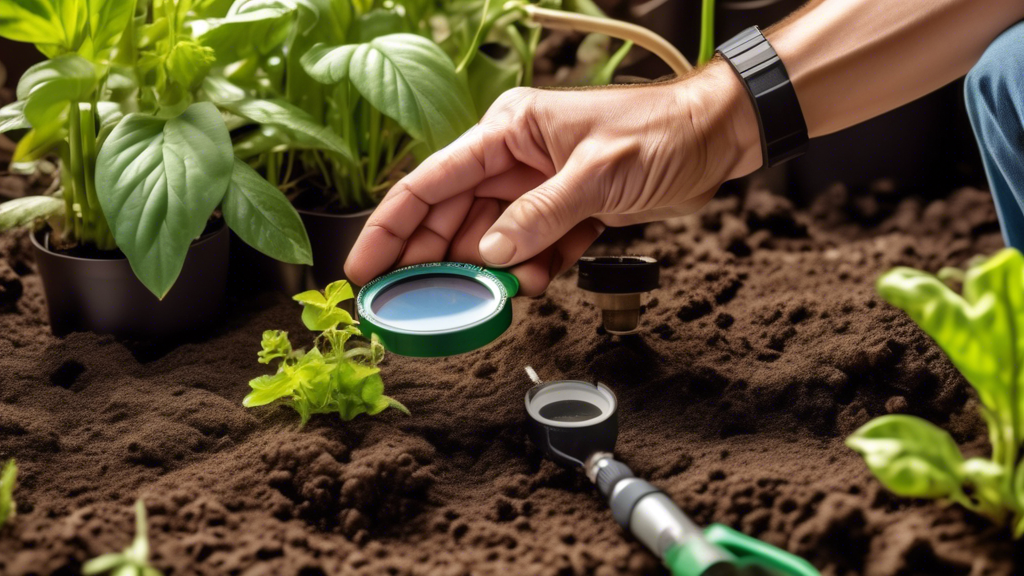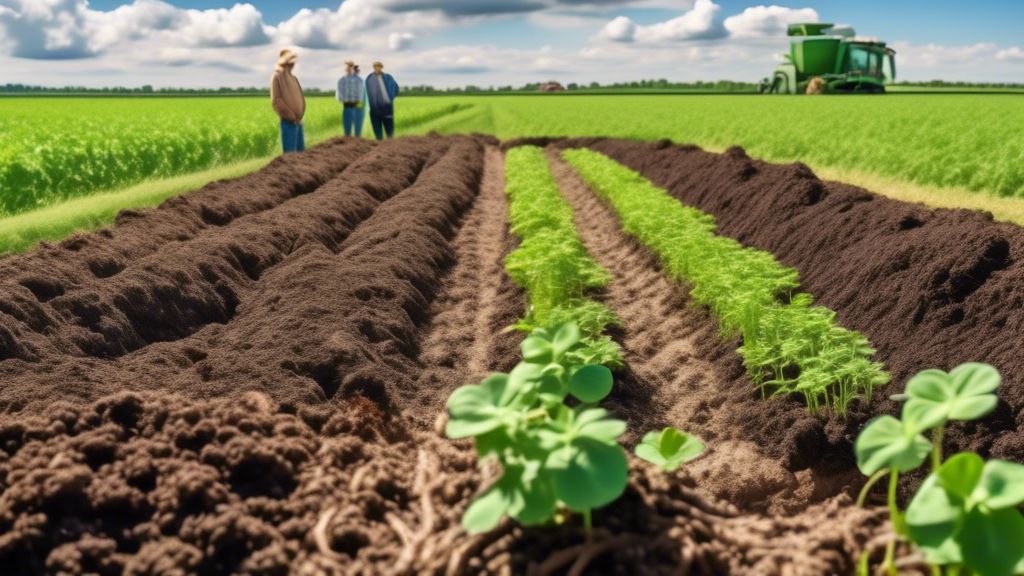
Introduction: Why a Seasonal Approach to Gardening is Essential
Gardening isn’t a summer-only hobby; it’s a year-round conversation with the earth. By adopting a seasonal approach, you learn to work with nature’s calendar rather than against it. This method reduces wasted effort, saves money on replacing failed plants, and dramatically increases your overall success and yield. It transforms gardening from a constant battle into a harmonious, rewarding cycle.
Spring Gardening: Awakening Your Garden
As the ground thaws and days lengthen, spring invites the gardener back outside. This season is all about preparation and taking advantage of the cool, moist soil.
Key Spring Tasks for a Vibrant Garden
- Soil Preparation: Begin by testing your soil’s pH and nutrient levels. Amend it with compost or well-rotted manure to replenish nutrients depleted over winter.
- Early Planting: This is the time for cool-season vegetables like lettuce, spinach, and peas, as well as hardy annuals like pansies, which can tolerate a light frost.
- Pruning and Cleanup: Cut back dead growth from perennials and ornamental grasses. Clear away winter debris to discourage pests and diseases from taking hold.
Common Spring Gardening Challenges & Solutions
| Challenge | Solution |
|---|---|
| Unpredictable late frosts damaging new seedlings. | Keep cloches, row covers, or even old bedsheets on hand to protect tender plants on cold nights. |
| Explosive growth of early weeds competing with your plants. | Apply a 2-3 inch layer of mulch (like straw or shredded bark) after the soil has warmed to suppress weeds and retain moisture. |
Summer Gardening: Nurturing Growth and Managing Heat
Summer is the season of abundance, but it also brings heat, drought, and pests. Your role shifts from planter to nurturer and protector.
Essential Summer Gardening Strategies
- Watering Wisely: Deep, infrequent watering is key. Water early in the morning to minimize evaporation and allow foliage to dry, preventing fungal diseases.
- Pest and Disease Control: Encourage beneficial insects like ladybugs and lacewings. Use organic sprays like neem oil or insecticidal soap for outbreaks.
- Succession Planting: As you harvest one crop (e.g., radishes), immediately plant another (e.g., beans) in the same space to maximize your garden’s productivity.
Unique Summer Trick: The “Olla” Pot Irrigation System
An ancient and incredibly efficient watering method, the olla (pronounced “oy-ya”) is an unglazed, porous clay pot buried in the soil next to your plants and filled with water. The porous clay allows water to seep slowly into the surrounding soil, delivering moisture directly to the plant roots exactly when they need it. This system can reduce water usage by up to 70% by virtually eliminating runoff and evaporation.
Autumn Gardening: Preparing for Rest and Future Blooms
Autumn is a season of transition, combining the final harvest with crucial preparation for the next growing cycle.
Your Fall Gardening Checklist
- Planting for Spring: This is the prime time to plant spring-blooming bulbs like tulips, daffodils, and crocuses. They need the cold winter months to trigger blooming.
- Sowing Cover Crops: In empty vegetable beds, plant cover crops like winter rye or clover. They prevent soil erosion and add valuable organic matter when turned under in spring.
- Harvesting and Preserving: Bring in the last of your warm-season crops like tomatoes and squash. Preserve your bounty through canning, freezing, or drying.
Autumn vs. Spring Bulb Planting: A Quick Comparison
| Autumn Planting | Spring Planting |
|---|---|
| Focuses on spring-blooming bulbs (tulips, daffodils, hyacinths). | Focuses on summer-blooming bulbs (dahlias, gladioli, cannas). |
| These bulbs require a cold period (vernalization) to bloom. | These bulbs are often frost-tender and cannot survive winter in the ground. |
Winter Gardening: Planning and Protecting
While the garden sleeps above ground, the dedicated gardener’s work continues. Winter is for reflection, protection, and planning.
Winter is for Gardeners, Too
- Planning Next Year’s Garden: Sketch garden layouts, research new plants, and order seed catalogs. This is the time for dreaming.
- Protecting Plants: Apply a fresh layer of mulch after the ground freezes to protect plant roots. Use burlap screens to shield evergreens from harsh winds.
- Indoor Gardening: Maintain your green thumb by growing herbs, microgreens, or forcing bulbs like amaryllis on a sunny windowsill.
The Secret to a Perfect Winter Garden: Embracing Structure
Beyond protection, winter reveals the “bones” of your garden. Focus on elements that provide beauty and interest even when covered in frost or snow. Ornamental grasses left uncut, the silhouettes of evergreen shrubs, and the bright berries of holly or winterberry create a stunning landscape during the quietest season.
Seasonal Gardening FAQs
What is the most common mistake in seasonal gardening?
Answer: The most frequent error is planting based on calendar dates rather than soil temperature and local conditions. Planting too early in spring or too late in fall, ignoring your area’s specific first and last frost dates, often leads to plant loss.
Can I practice seasonal gardening in a small space or containers?
Answer: Absolutely! Container gardening is perfectly suited for a seasonal approach. The key is to rotate your pots with seasonally appropriate plants. In spring, fill them with pansies and lettuce; in summer, with tomatoes and basil; and in fall, with ornamental kale and chrysanthemums.
How do I know what to plant each season in my specific region?
Answer: Your local climate is the ultimate guide. Consult your nearest university’s agricultural extension office, a trusted local nursery, or use online tools to determine your USDA Plant Hardiness Zone. This zone number is the key to finding a tailored planting calendar for your area.
Conclusion: Your Year-Round Journey in the Garden
Embracing seasonal gardening is about joining a natural, cyclical rhythm. From the eager anticipation of spring to the quiet planning of winter, each season offers its own unique tasks and rewards. Use these tips and tricks as a starting point, but remember that the most valuable tool you have is your own power of observation. Watch, learn, and adapt to your garden’s unique environment, and you’ll be rewarded with a beautiful, thriving space all year long.






